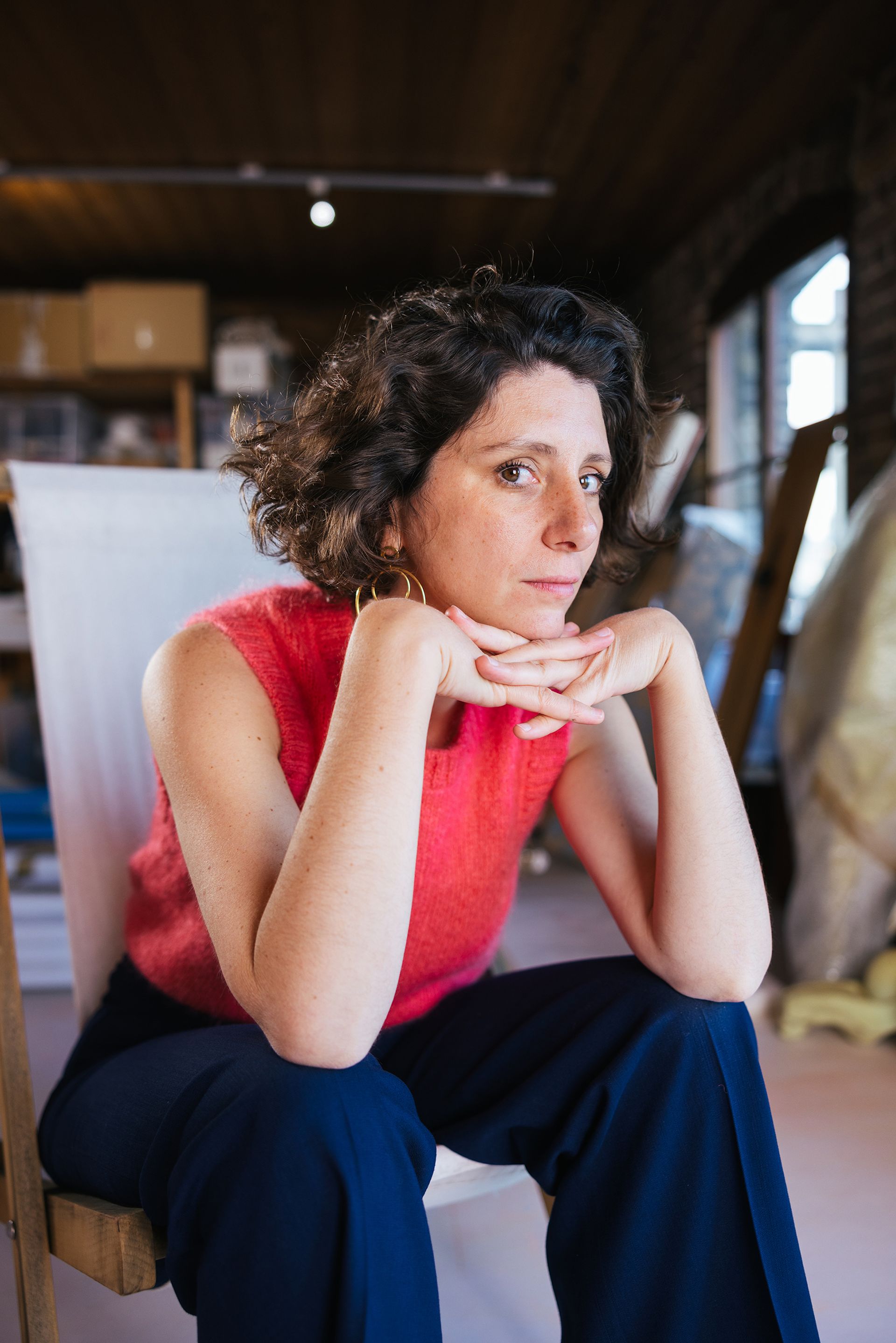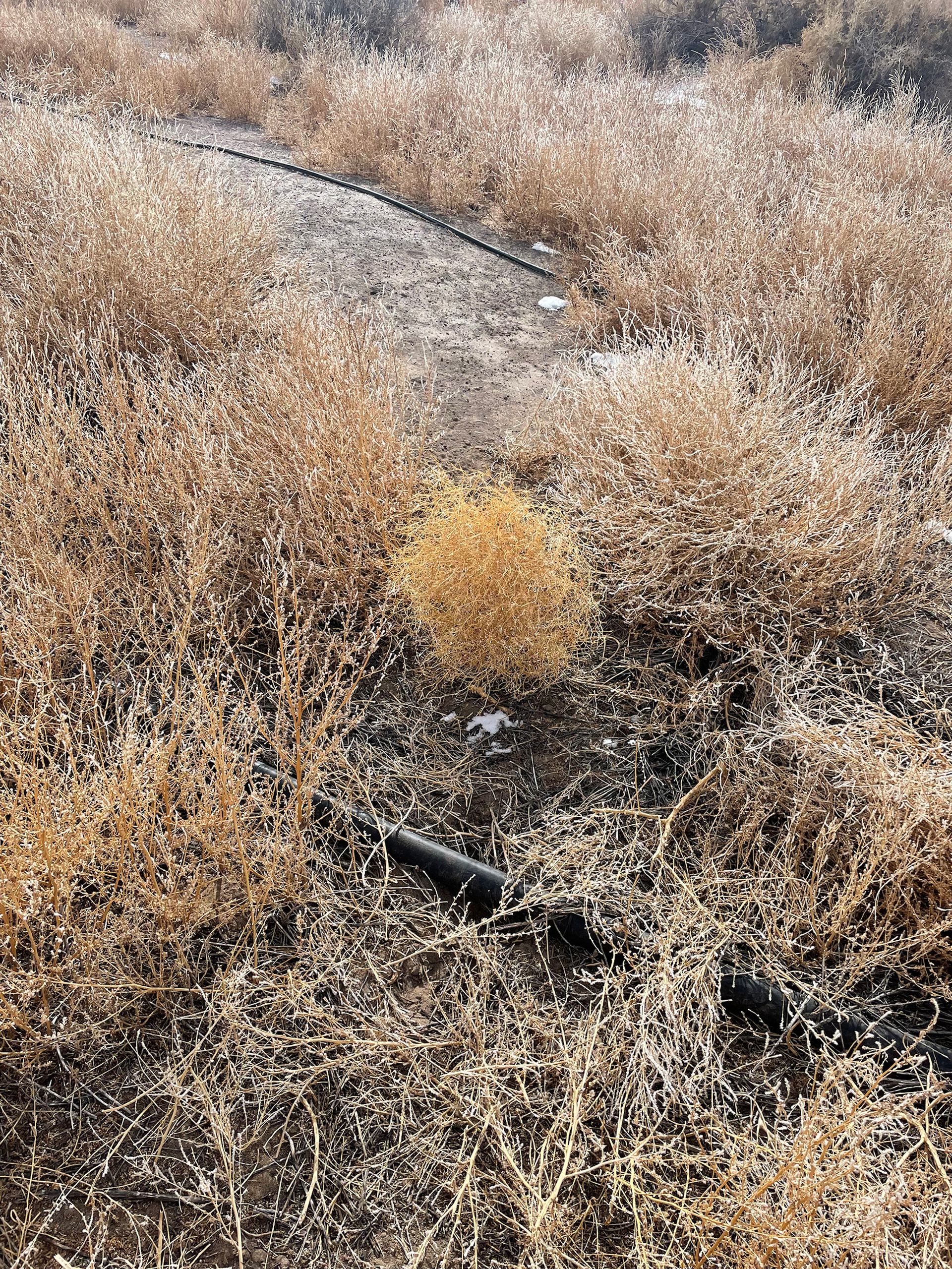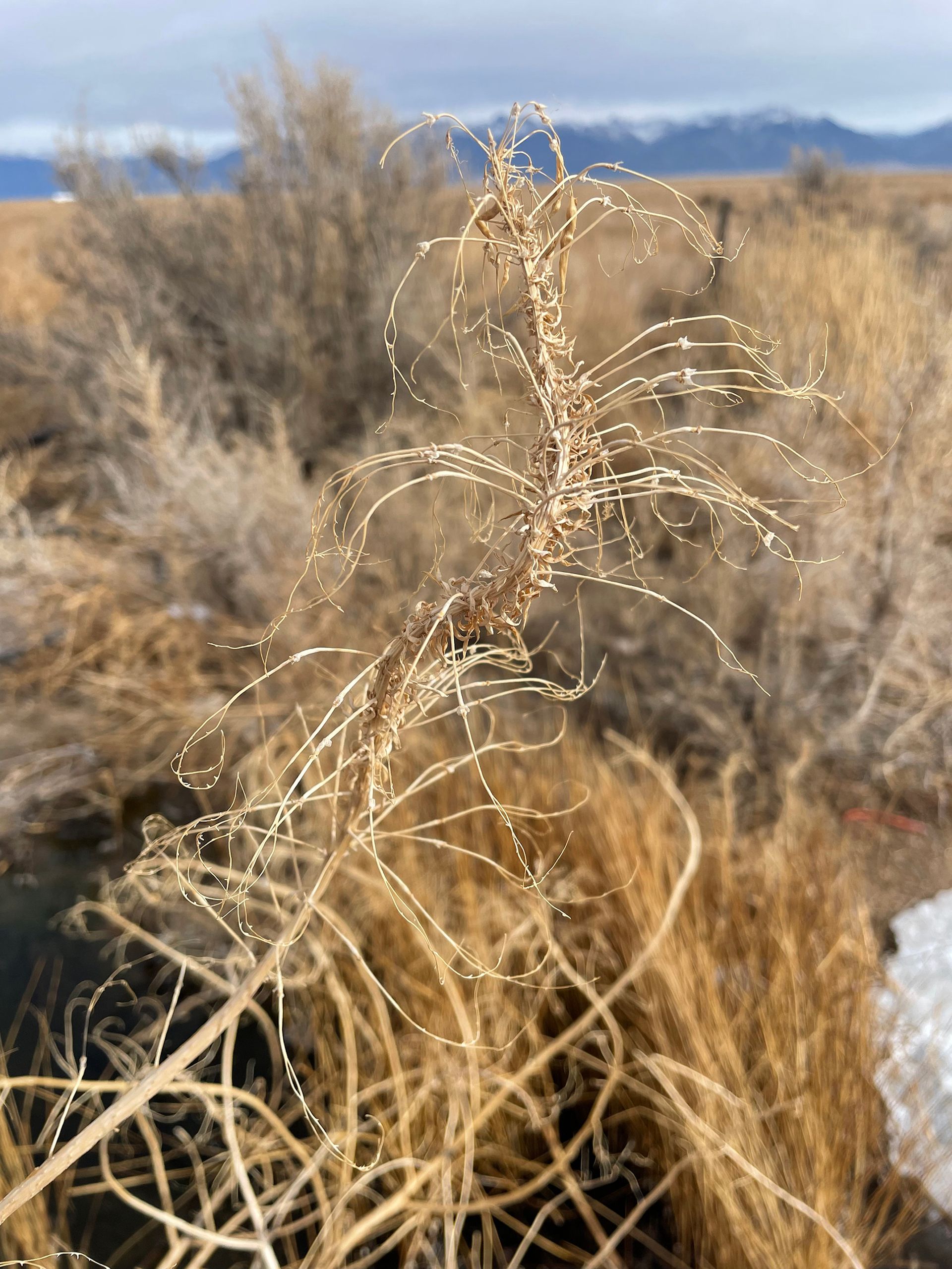The San Luis Valley in southern Colorado is the world’s largest alpine valley, spanning an area roughly the size of Slovenia, between the Sangre de Cristo and San Juan mountains. Its landscape is in many ways inhospitable for human life: it is perpetually windswept, has very sandy soil, receives minimal rain and in winter is often the coldest place in the contiguous United States. And yet humans have lived here for millennia, from the Ute Indians to Spanish, Mexican and American settlers. An underground aquifer, dating to the area’s past as a large lake, has long made the valley’s agriculture industry improbably productive despite the harsh conditions, with potatoes, barley, alfalfa, oats and other crops flourishing in its 90-day growing season.
But drought and climate change are making agriculture in the San Luis Valley even more challenging, leading farmers to buy extra fields just to accrue more of the area’s closely regulated water rights, which are the oldest in Colorado. One such field in the town of Hooper, which belongs to Jones Farms Organics, is being brought back into production as a contemporary art venue: this summer, the French-born, London-based artist Marguerite Humeau has planted dozens of sculptures on the site, where they will remain for nearly two years.

Marguerite Humeau. Photo: Tim Craig for Avant Arte
“Every artist should start with a project in the San Luis Valley, because it’s really like a test ground, it tests you on every level,” Humeau says. “Technically, it’s a really, really harsh environment. The sun is really hot in the summer, it’s very cold in the winter, there are extreme winds and lots of sand, so as soon as the wind picks up it becomes like a huge sandblaster.”
Humeau’s Land art project in the valley, Orisons, is organised by the Denver-based Black Cube Nomadic Art Museum and envisions the land itself as the focal point of the work. For the artist, whose research-driven approach spans many media but often involves zeroing in on and extrapolating from specific natural phenomena and species, the project evolved from a large-scale earth-moving endeavour in the mould of canonical Land art projects by Robert Smithson and Michael Heizer, to something much subtler. She wants to heighten visitors’ awareness of the environment through understated sculptural interventions.

A tumbleweed at the Orisons site Photo: Marguerite Humeau. Courtesy the artist
“It’s a circle in a square, so the land is already an artwork,” she says, referring to the circular pattern left by the centre-pivot irrigation that was previously practiced on the square plot of land that will host Orisons. “I wanted to reduce the scale of my contribution to the land to a minimum, with very tiny objects that could have a really strong impact just because they’re placed in the right position.”
The bulk of the more than 80 pieces Humeau is installing across the site are small sculptures made of wood, metal and ceramic. They are based on four plants that have adapted to the region’s conditions—“plants that people qualify as weeds or invasive, but that I think are superheroes”, she says—and act as musical instruments of sorts when activated by the valley’s ever-present wind.
“Marguerite came to a point in acknowledging that the plants that are able to survive there are something to be celebrated—maybe they are even more resilient than our species,” says Cortney Lane Stell, Black Cube’s executive director and chief curator.

A plant at the Orisons site that served as sculptural inspiration Photo: Marguerite Humeau. Courtesy the artist
In addition to diminutive kinetic and sonic sculptures based on plants like spurge and the iconic tumbleweed, Humeau has created seven larger sculptures inspired by the silhouette of the sandhill crane, a bird species that migrates through the valley and whose wingspan can exceed six feet. Each of the crane sculptures will feature durable netting and function as a hammock.
“Maybe we need to become more like the birds that hover above the land,” Humeau says. “So we have a flock or a family of cranes [installed to look like they] are hovering over the ground, and on whose wings we can lay down.”
From this vantage point, stretched out on the wings of stylised cranes and listening to the sounds of musical plants, Humeau, Stell and the many experts and community members they consulted—including Cathy O’Neill, a soil scientist at the US Department of Agriculture’s Natural Resources Conservation Service—hope visitors who make the journey to Orisons (around 200 miles from Denver by car) will gain a different perspective of their place in the environment.
“The fragility of landscapes and how humans manipulate them, for good or bad, is something I hope people can ponder,” O’Neill says. “How to preserve, how to pay attention and how to maybe even take part in bringing us back into some sort of balance.”
- Marguerite Humeau: Orisons, 29 July 2023-June 2025, San Luis Valley, Colorado









